I first encountered Bobbi Heath as I was working on the article the American Dream with Carol Marine. I fell in love with Bobbi’s art. Little did I know what a great impact her story with art would have on me. As a young child, Bobbi drew artistic inspiration from her mom, since her mom was a fine artist. After her mother’s death, Bobbi decided to take up where her mom had left off.
Bobbi consequently pursued her education in drawing and painting. She learned from New England’s most accomplished artists: Suzanne Harden, Tina Ingraham, and Robert Abele. Today, Bobbi paints in oils, and teaches drawing and painting classes and workshops. She is also a daily painter. You may admire her work on her blog Bobbi Heath’s Drawing with Paint.
Bobbi’s work has been acknowledged nationally and internationally. She is represented by Yarmouth Frame and Gallery in Yarmouth, ME, Artists Corner & Gallery in West Acton, MA. Bobbi was a prize winner at the Ocean Park Plein Air Festival in July, 2014 and has participated in the Castine Plein Air Festival since its inception in 2013.
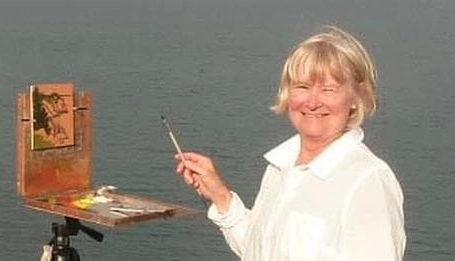
Bobbi Heath: ‘So listen and see which paintings are speaking to you’
Adam Ziemba: What are some tips you need to know before purchasing art? Why?
Bobbi Heath: Not many of us grew up with original artwork in our homes. I still remember the Winslow Homer prints my mother had on the wall, which were my introduction to fine art. And it can feel like a big leap, going from buying a print to buying an original. It feels like it’s more expensive, but in reality, matting and framing a print or poster can cost as much as a small original oil or acrylic painting. For me the most important thing to consider when buying a painting is that it speaks to me. Paintings speak in many ways, two of the most common are when they depict a place or an activity that’s close to your heart. So listen and see which paintings are speaking to you.
AZ: Who do you purchase paintings from?
BH: My husband and I buy artwork in galleries, directly from artists, and online. If you haven’t bought original artwork before and don’t already have a few artists whose work you love, a local gallery can be a great place to start looking and learning. The gallerist can give you lots of information about their artists, where they are from, their subject matter, and what drives them to paint. At openings you can often meet the artists, and hear them talk about their inspiration and how they work.
If you take painting lessons or workshops, then you already have a foot in the door. You may love the work of your teacher, and you can certainly ask them to point you to other artists whose work they think you’d like. Often teachers offer their students discounts on their work. I have a number of paintings that I treasure that were bought this way.
Even more fun is to buy a demo painting that you actually watched being created! There’s nothing wrong with discreetly asking the teacher if they are for sale.
I buy paintings online, and I sell mine that way. It’s a great way to have a variety or work to choose from, and many artists find it a very effective sales channel. As long as the photographs of the work are well done, you’ll get a very real sense of what the work looks like.
Be sure that you understand the size of a painting you are considering online. Cut a piece of cardboard to the size of the painting and hold it up to where you’d like to hang it.

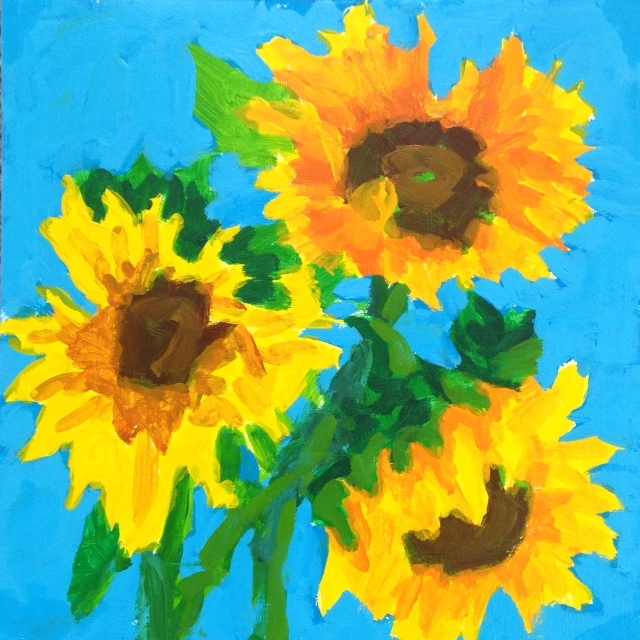
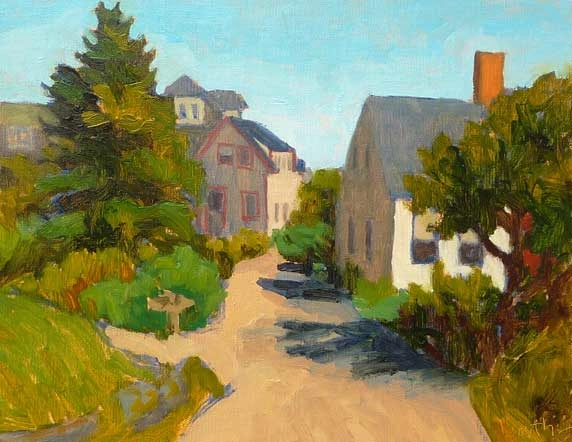
AZ: Are there any ways to recognize an artist who creates high quality work? If so, how can you tell?
BH: An artist who creates high quality work will have a consistent approach, you’ll be able to recognize their work once you become familiar with it. That doesn’t mean that they will only paint one subject or even in one medium, but what makes their work unique will win out over those variables. When I buy my first painting from an artist, I like to see six or eight paintings by that artist to make sure the one I’m drawn to is consistent with their body of work.
AZ: Oil, acrylic, pencil… Which one to choose?
BH: As to what medium to choose, that’s very much a personal preference. I love them all! I would note that work on paper requires better and often more expensive framing than oil or acrylic paintings on canvas or board, to protect the artwork from sunlight and mildew. Paintings on panels are less expensive to frame than those on canvas stretchers because the frame can be thinner. And paintings on gallery wrapped canvas can be hung without a frame at all.
AZ: If acquiring custom paintings, how to best work with an artist to make the process smooth?
BH: If you find an artist you love and would like them to create a commission for you, don’t be afraid to ask if that’s a possibility. There are wonderful artists who regularly do portraits of people, pets, homes, and even boats. If the artist is going to work from photos, give them the option of taking the photos themselves if distance allows that. If not, carefully read their guidelines on taking photos for a portrait, follow them, and provide the artist with multiple photos to work from. Be prompt in responding to their drafts and clear about any changes you want. The artist wants you to be happy with the result.
AZ: Paintings can be expensive. Are they worth the investment? Why or why not?
BH: Buying a painting is an investment in enjoyment, both for yourself and for your family. I’m very pleased that our son appreciates and would like to have the artwork that my husband and I have collected over the last thirty years. While it’s possible that a painting that you buy may become valuable, buying them with that as a goal requires as much research and knowledge as buying any other investment. And it’s likely one that will take a while to pay off. If that interests you, do the work, make sure to keep all the documentation to provide provenance, and enjoy the beauty along the way.
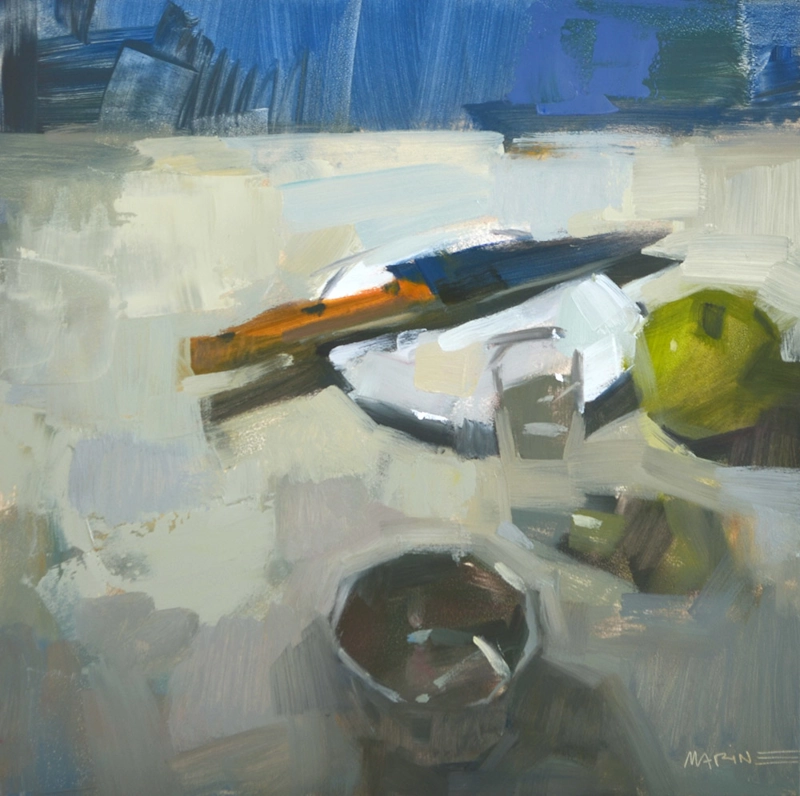
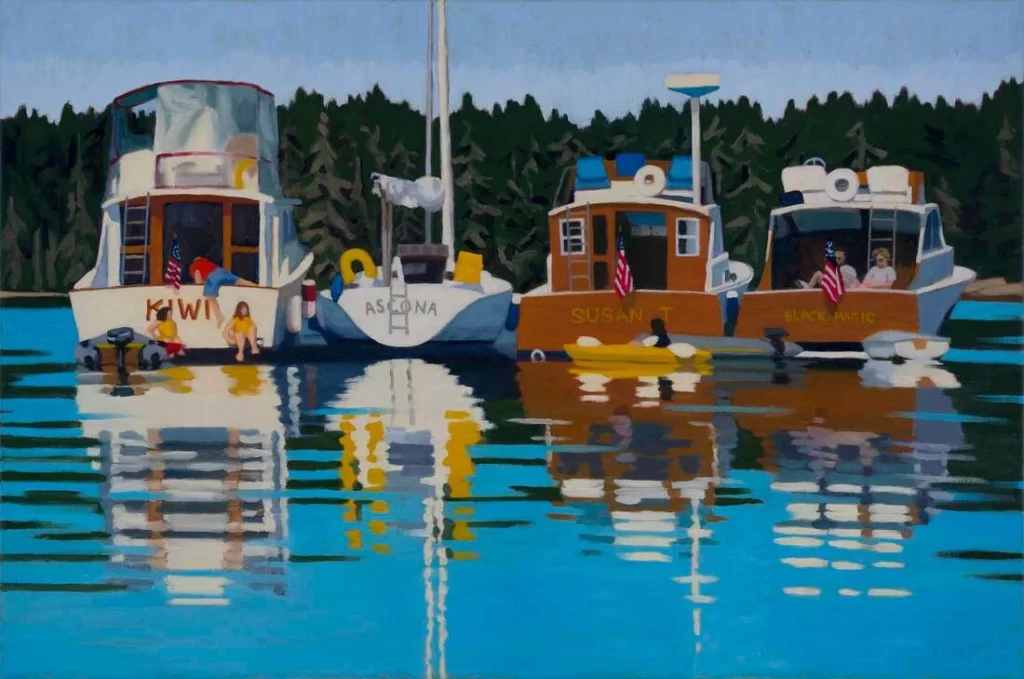

Some images in this post are a courtesy of the following:

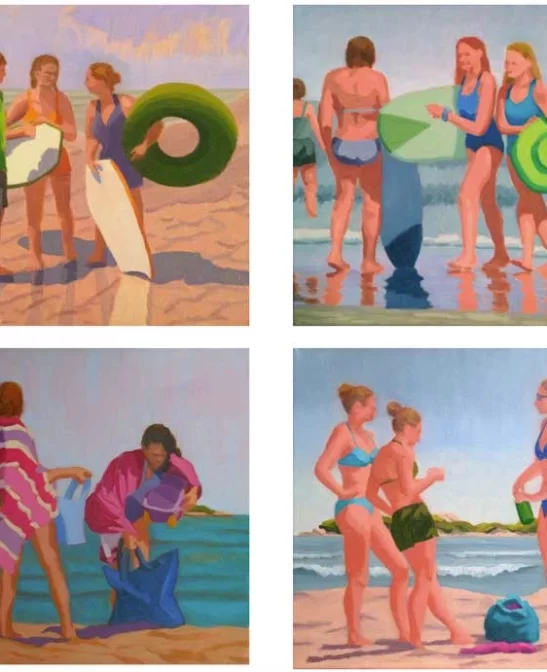
Leave a Reply